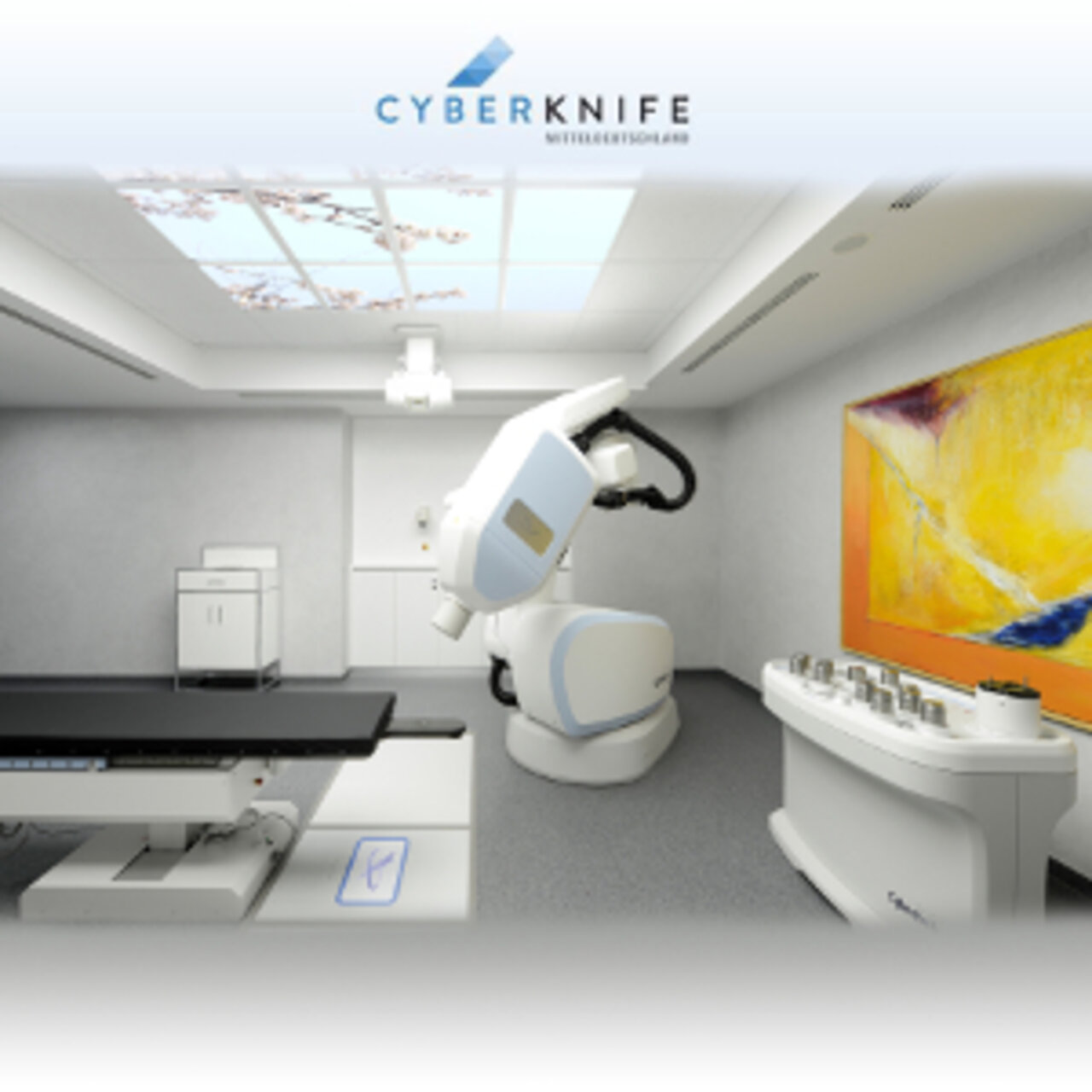Specialists in Ocular tumours
6 Specialists found
Information About the Field of Ocular tumours
What is eye cancer?
The eye can develop several types of cancer at different locations. Such tumors may arise on the eyelid, the retina or the choroid membrane. Tumors can be of either benign or malignant type. Benign tumors exhibit slow growth and do not invade nearby tissues and they also do not metastasize (or form daughter tumors).
In contrast, malignant tumors grow rapidly, infiltrate adjacent tissues and spread to distant regions of the body along the bloodstream and channels of the lymphatic system. In adults, the most common malignant tumor of the eye is choroidal melanoma, while in the malignant tumor that affects children the most is retinoblastoma.
What tumors may occur in the eye?
Tumors can stem from any structure that is part of the eye region. Among them are the eyelid, the conjunctiva, the choroid and the retina. Benign lesions on the eyelid include keratoses, fat nodules or warts. Malignant lesions of the eyelid arise from different types of skin cancer. For example, the conjunctiva can give rise to benign tumors, white and black skin cancer, as well as moles that have malignant potential. Retinoblastoma, a cancer that stems from pigment cells of the retina, is the most common malignant tumor in the eye and also the most common malignant tumor in childhood. The characteristic feature of retinoblastoma is that it is due to a gene mutation passed on from the parents.
What are the signs of an eye tumor?
The symptoms depend on the type, location and size of the tumor among other things, Tumors on the external eye or on the eyelid are noticeable at an early stage. They can be characterized by nodules, spots or other proliferations. Most patients do not experience any changes in vision. Retinoblastoma is seen mainly in infants and young children. This tumor produces a particular sign: if light hits the pupil, which can be done with a photo flash, the pupil will appear whitish and milky. Additionally, an infant with retinoblastoma may suddenly become cross-eyed.
How is eye cancer treated?
There are two objectives in treatment: To remove or destroy the tumor completely and simultaneously preserve the eye and all of its functions. The spectrum of treatment is broad. Options include removing the eye, chemotherapy, cryotherapy, laser therapy or irradiation with radioactive applicators as well as percutaneous radiotherapy. The choice of treatment is based on the location, size and type of tumor.
The management of retinoblastoma is only carried out in specialized centers. Two basic strategies are offered: surgical removal of the entire eyeball and treatment with radiotherapy, cryotherapy or laser therapy. Various techniques of radiotherapy are employed and they include proton therapy and radiosurgery and the choice depends on the location and size of the tumor, too. It is only possible to preserve the eyeball if the retinoblastoma is detected early. However, if the tumor has metastasized, a combination of radiotherapy and chemotherapy is used.
Typically, choroidal melanoma treatment is radiation after consultation with the referring doctor. The tumor size matters when it comes to choosing the radiation medium. If the tumor exceeds a certain size or if it is situated in an unfavorable place for local irradiation, a different kind of irradiation can be considered: proton therapy or irradiation using a linear accelerator. This procedure can be carried out even without anesthesia. The safety during irradiation is provided by a camera that monitors the eye and registers its movements. Unfortunately, in certain more advanced stages, the entire eyeball must be surgically removed. Once the tumor has spread to other regions of the body, additional chemotherapy can be started to treat other lesions in the body.
Chances of cure and prognosis
The factor that matters most for the prognosis of malignant tumors is the stage at which they are found. The chances of recovery are improved if the tumor still remains small and has not formed any metastases yet. Besides the size, location and metastasis of the tumor, genetic information also plays a role in determining the prognosis. The patient's general health also influences the choice of therapy and therefore the prognosis.
Which doctors and clinics are specialists for the diagnosis and treatment of eye tumors?
Generally tumors of the eye are recognized by an ophthalmologist. Experts for radiotherapy and eye surgery are responsible for further treatment. Therapy of retinoblastoma is limited to specialized centers. In Germany, the national reference center is part of the University hospital in Essen.
Let us help you find an expert for your condition. All listed doctors and clinics have been reviewed by us for their outstanding specialization in the field of intraocular lenses and are looking forward to your inquiry or wish for treatment.





